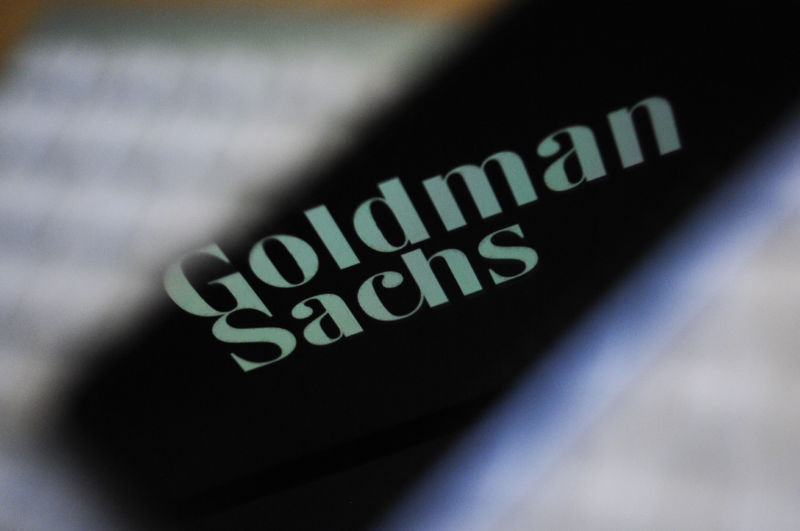Analyst Salveen Richter and colleagues laid it out:
The potential to deliver “one shot cures” is one of the most attractive aspects of gene therapy, genetically engineered cell therapy, and gene editing. However, such treatments offer a very different outlook with regard to recurring revenue versus chronic therapies... While this proposition carries tremendous value for patients and society, it could represent a challenge for genome medicine developers looking for sustained cash flow.
For a real-world example, they pointed to Gilead Sciences, which markets treatments for hepatitis C that have cure rates exceeding 90 percent. In 2015, the company’s hepatitis C treatment sales peaked at $12.5 billion. But as more people were cured and there were fewer infected individuals to spread the disease, sales began to languish. Goldman Sachs analysts estimate that the treatments will bring in less than $4 billion this year.
“[Gilead]’s rapid rise and fall of its hepatitis C franchise highlights one of the dynamics of an effective drug that permanently cures a disease, resulting in a gradual exhaustion of the prevalent pool of patients,” the analysts wrote. The report noted that diseases such as common cancers—where the “incident pool remains stable”—are less risky for business.
To get around the sustainability issue overall, the report suggests that biotech companies focus on diseases or conditions that seem to be becoming more common and/or are already high-incidence. It also suggests that companies be innovative and constantly expanding their portfolio of treatments. This can “offset the declining revenue trajectory of prior assets." Lastly, it hints that, as such cures come to fruition, they could open up more investment opportunities in treatments for “disease of aging.”
Ars reached out to Goldman Sachs, which confirmed the content of the report but declined to comment.
This post has been updated.

You need to be a member of 12160 Social Network to add comments!
Join 12160 Social Network